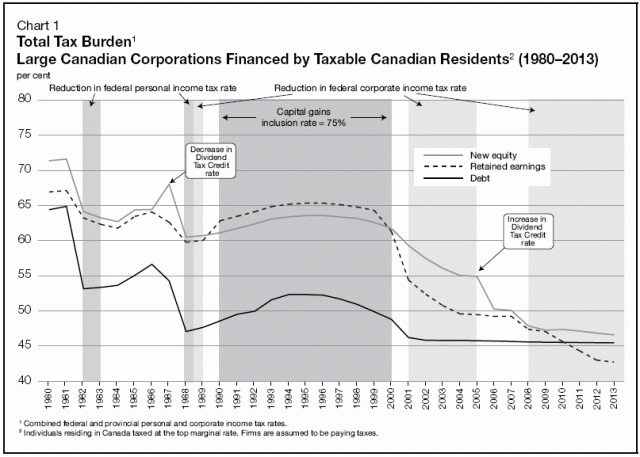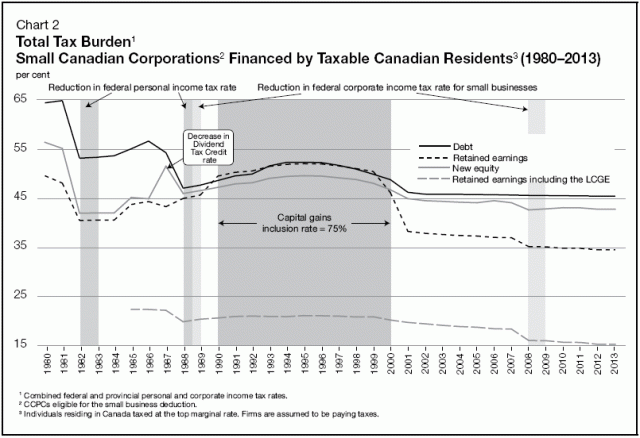I wrote last week about Priszm Income Fund (TSX: QSR.UN) earlier, especially about their near-bankruptcy situation they are currently facing.
Today, they announced that the transaction to liquidate over half their franchises was proceeding, but subject to approvals by two consenting partners, the franchiser (YUM Brands) and the senior creditors. Notably in the release there were two statements:
Although there is no guarantee that the required approvals will be obtained or that the remaining conditions will be satisfied, the transaction is scheduled to close on February 28, 2011 unless the parties agree otherwise.
Presumably February 28th was the mutual date that the various parties agreed to in order to see if they could pursue something a little more substantial, alluded to in the next paragraph of the press release:
The Company also reported that it remains in discussions with its senior debt lender and franchisor on various options to restructure the business which may include the sale of all assets. The Company’s interim agreement with its franchisor, YUM! Restaurants International, with respect to the franchise agreements for 70 restaurants expired on January 15, 2011 as did its interim agreement to defer unpaid continuing fees. The Company continues to work with the two key stakeholders to come to both short and long-term resolutions that are mutually satisfactory.
As of September 5, 2010, the company has a senior credit facility of $65 million to pay off; the aforementioned agreement to sell over half the franchises would result in gross proceeds of $46 million. The company also has about $41 million in other current liabilities and accruals. The subordinated debentures amount to $30 million face value.
It remains to be seen whether the company can generate enough cash through asset sales to pay off the creditors and liabilities; at the current trading price of 21 cents per debenture, the residual value predicted by the marketplace amounts to $6.3 million.
There were 432 franchises as of the September quarterly release, leaving 200 franchises after the execution of the sale agreement.

